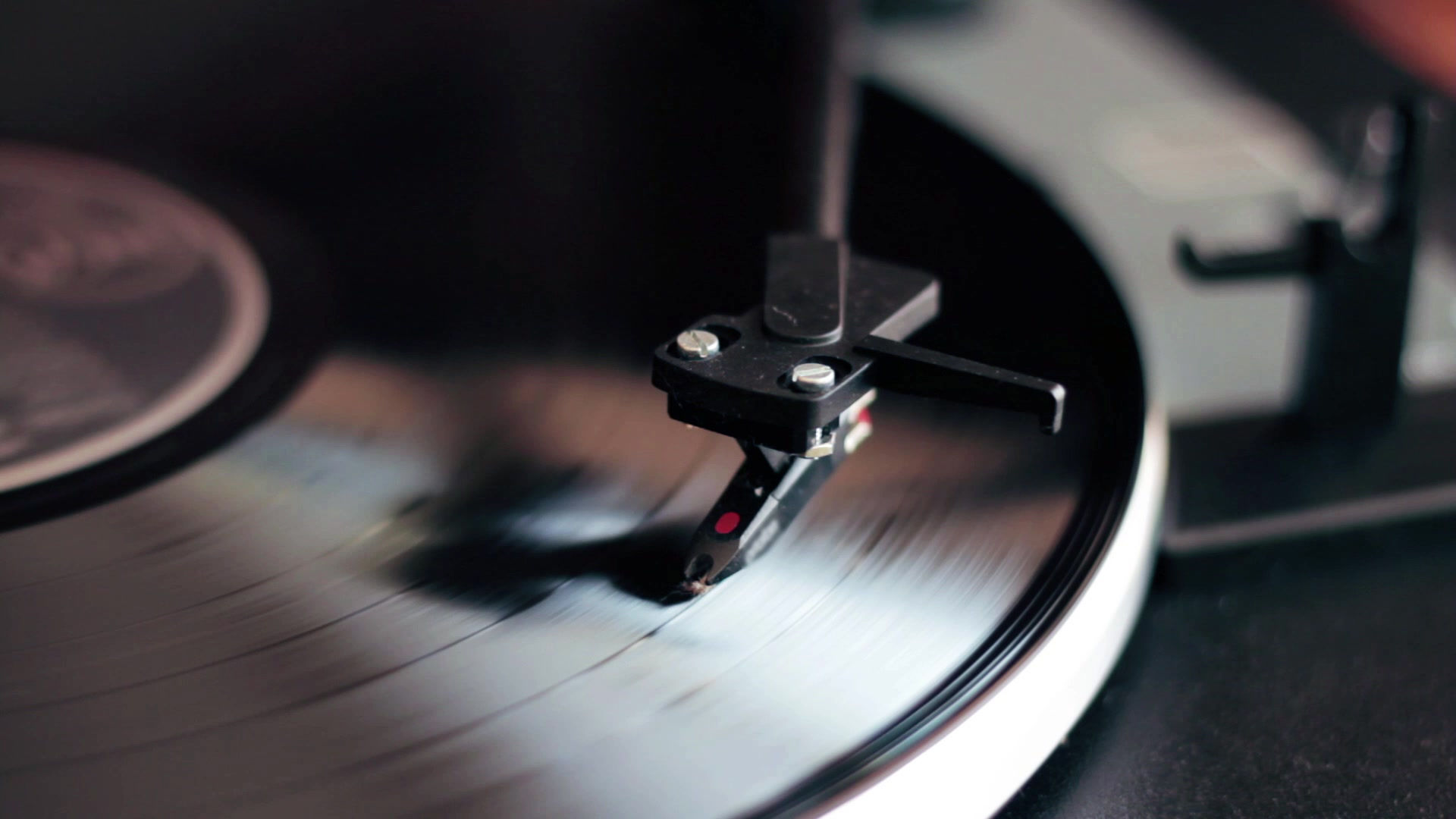

The less controllable sound emanating from Alan Anton’s Roland bass amp proved more problematic, until a hasty solution was found. “I put that on a chair and I found a spot, but it sounded like hell,” says Moore. “With Perren Baker who was my
assistant, we grabbed this big old carpet that we found in one of the other rooms and we laid it behind his amp right down to the floor because the speaker was open‐backed. So we blocked the back wave of the amplifier. But that took a long time
before we figured that out. Alan was always very unique. He tuned D‐A‐D‐A, which made his bass lines interesting. That sliding, glistening bass line is one of the charms of the band.”
When it came to guitar amps, Michael Timmins and his older brother John, who played on some of the tracks, respectively used a Fender Twin and a Fender Precision Reverb II. With the drums and bass
in place, Moore could then ‘paint’ his stereo image, positioning the guitarists and various others guest players around them, namely pedal‐steel player Kim Deschamps, harmonica player Steve Shearer, accordionist Jaro Czwewinec and Jeff Bird on fiddle, harmonica
and mandolin.
“If I put an instrument behind the
microphone on the right‐hand side, it appeared on the right‐hand side in the front of the stereo image because it’s
a mirror,” says Moore. “My drums were my anchor, so then Michael’s guitar was on the left‐hand side of the drums on, let’s call
it, the positive side, and then the pedal‐ steel amp was on the right‐hand side. The accordion player
October 2015 / www.soundonsound.com